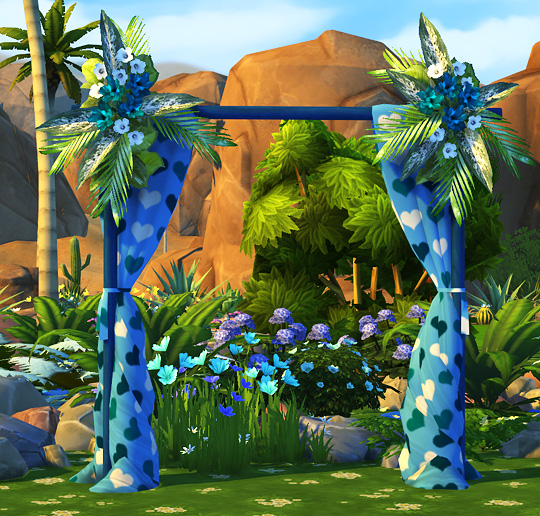


They incorporated their love of all things southern into the ceremony by letting us design an altar with magnolia, roses, hydrangea and lilies.Īnother time, I had a bride who was a lifelong gardener. They both went to school in Alabama and wanted to honor southern tradition.


Recently, I worked with a couple in DC named Macey and Boris. What are some examples of couples customizing chuppahs and arbors to fit their style? There are many ways to do this, including incorporating a type of flower that reminds a bride of her grandmother or bringing in natural elements for couples who are outdoorsy. I try to encourage brides to think beyond what seems beautiful at the moment and go for something that will mean something to them in the future when they look back on their wedding day. When brides fall under “under the Pinfluence,” they want exactly what they see online, rather than something that expresses their unique personality and style. I’d tell them to use Pinterest sparingly. What advice do you have for couples who want to incorporate chuppahs and arbors into their ceremony? We covered it with a lush garland of garden roses, hydrangea, snapdragons and greens. In contrast, the arbor we designed for Melanie and Max’s wedding began as a wrought iron arch. And some couples like to mix it up by doing a combination of decorative for one part and simple for the other. If a bride wants a simple reception, we can do the same for the ceremony. If a very flowery reception is planned, we generally do a flowery ceremony site. It depends on the personality of the wedding. What are some of the considerations when designing a chuppah or arbor? This arbor used at a non-Jewish ceremony features hydrangea and roses with lush greens for a bohemian feel. Since many couples want their ceremony photographed, being surrounded by flowers makes for beautiful pictures. Wedding arbors have no connection to Judaism, but they are beautiful and provide an intimate altar area – a smaller space within the larger ceremony space - for the couple and the clergy. The ceremony below was conducted by both a priest and a rabbi, combining Jewish and Catholic traditions. The canopy is a tallit provided by the bride’s father.Ĭhuppahs are sometimes used by couples who are a mix of Jewish and non-Jewish faiths to bring a Jewish element into the ceremony. This chuppah was designed simply with greens, roses, and a few hydrangea. Couples often use a tallit (a Jewish prayer shawl) as a cover to honor a living family member or to remember someone who cannot be present at the wedding. It typically has four poles and is 8’ x 8’. Why do some couples choose to marry under a chuppah or wedding arbor?Ī chuppah is a traditional Jewish wedding canopy that symbolizes the home that a couple will build together. We interviewed Kelley to get her take on chuppahs and wedding arbors. Kelley’s daughter, Kate and her fiancé, Jake, will be getting married at East Lynn Farm in 2017. Her company, Event Studio, focuses on all aspects of wedding design and coordination. Kelley Truxel has been helping couples choose the perfect flowers for their wedding since 2004.


 0 kommentar(er)
0 kommentar(er)
